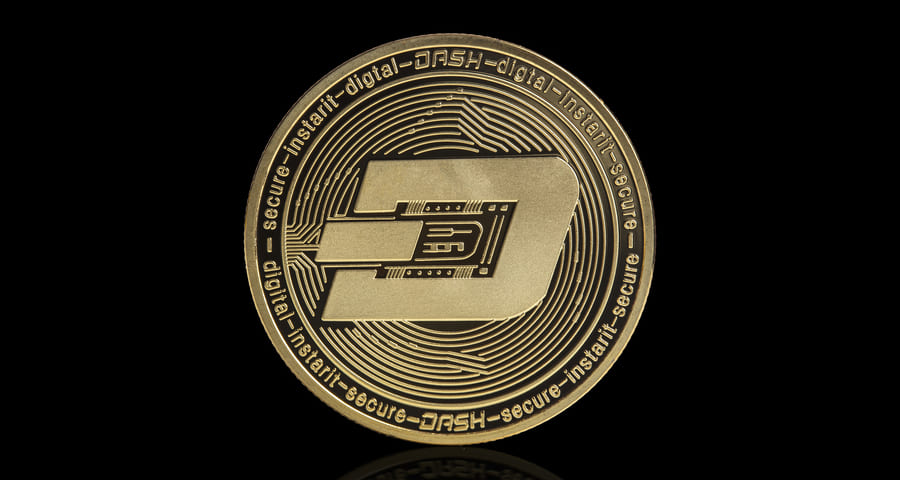Dash is an open-source system that arose as a result of a hard split in the Bitcoin network. The coin rose to prominence due to its novel approach to the market. Dash prioritizes anonymity and transaction speed. As a result, Dash transactions are near-instantaneous and almost difficult to track.
Dash rose to prominence as a result of its impressive set of features, so everybody tried to earn dash. When Dash launched them, the majority of these features were novel to the market, people quickly. As a result, Dash remains a pioneering force in the privacy currency field.
How Dash Works?
The Dash community is managed by a decentralized autonomous organization in true cryptocurrency fashion (DAO). DAOs are essentially platforms that rely on smart contracts voted on by the community to decide their course of action. DAOs are important in the crypto industry because they address two major issues that all projects face: governance and financing.
Here are some of the characteristics that make Dash a currency to keep an eye on.
InstaSend
Dash’s InstaSend technology allows it to do near-instant transactions. To validate a transaction, InstaSend bypasses miners and relies on the consensus of master nodes. This procedure reduces the time spent waiting for blockchain network confirmations. Masternodes establish voting quorums to perform this job.
When users request an InstaSend, a dedicated Masternode accepts the request and locks the transaction’s inputs. The transaction data is subsequently disseminated to other Masternodes throughout the network. This approach ensures that the transaction is included in the following block of transactions.
PrivateSend
Dash’s Private Send protocol is one of its most sophisticated capabilities. Dash users may use this protocol to send and receive untraceable payments on the blockchain. The procedure is straightforward.
To begin, a user initiates a PrivateSend transaction. Before completing the transaction, the platform takes their transaction and combines it with the users’ unspent Dash. Following that, the system deconstructs your transaction inputs until they are standard denominations. Following that, the user’s wallet makes a request to the Masternodes. When two additional individuals submit comparable requests, this request gets filled.
Following that, a master node mingles all of the inputs and tells all three users’ wallets to pay back the now-transformed input. That denomination is repaid to your wallet. Surprisingly, the wallet makes use of what is known as a change address. Importantly, the wallet goes through this procedure many times. The best part is that everything happens in seconds and without needing consumers to take any extra actions.
Chain lock
Chain lock is another strong function that Dash has. When used in conjunction with InstaSend, this protocol defends against 51% of assaults. A 51 percent attack happens when more than half of the nodes in a Blockchain add fraudulent data.
Sporks
After having some difficulties with a 2014 version dubbed RC3, the Dash community felt it was necessary to develop a more seamless upgrading method. Sporks were created as a result of this desire. Sporks enable significant improvements such as soft or hard forks without the requirement for immediate modification.
Spork upgrades are added to the blockchain in stages. This approach enables developers to track real-time data related to the update. Furthermore, it enables the network to progressively update without compromising its integrity all at once.
Dash’s History
Dash’s history began in 2014 when it was known as Xcoin. Xcoin was an immediate success because it provided users with genuine privacy features that were previously unavailable. Evan Duffield, Dash’s inventor, felt shortly after the project’s debut that it would be wise for the initiative to push its privacy features even more. As a result of this wish, the currency was renamed Darkcoin.
Dash, on the other hand, became a fixture in the darknet marketplaces as a result of the rebranding. Seeing the limits of this method, Duffield renamed the coin once again. This time, it was renamed Dash. Dash is a combination of the terms “digital” and “cash.” Notably, Dash was no longer commonly utilized on the Dark Web by 2016.
How To Mine Dash?
Those who wish to mine Dash will be relieved to know that it is still feasible to do so with conventional PC and GPU miners. However, ASIC mining rigs have started to hit the market in recent years. The network, most importantly, employs the X11 hashing algorithm. Evan Duffield, Dash’s main developer, created this one-of-a-kind protocol only for the platform.
In interviews, Duffield claimed that the chained-hashing method of Quark was partly influenced by X11. A chained hashing algorithm is used by the X11 algorithm. Keenly, X11 gets its name from the eleven scientific hashing methods on which it relies to accomplish its proof-of-work.
Bitcoin, on the other hand, employs a single hashing algorithm known as SHA-256. Dash’s increasing intricacy and sophistication in the market offer consumers security comparable to Bitcoin but from a smaller blockchain. Dash’s ability to offer maximum security with fewer nodes is one of the reasons it maintains a market leader.
Every 2.6 minutes, a new block is mined using the X11 hashing algorithm. These blocks each hold 2MB of data. This translates to about 56 transactions per second. In addition, block rewards, like Bitcoin, diminish annually. This decline occurs at a rate of 7.14 percent each year in the Dash ecosystem.
